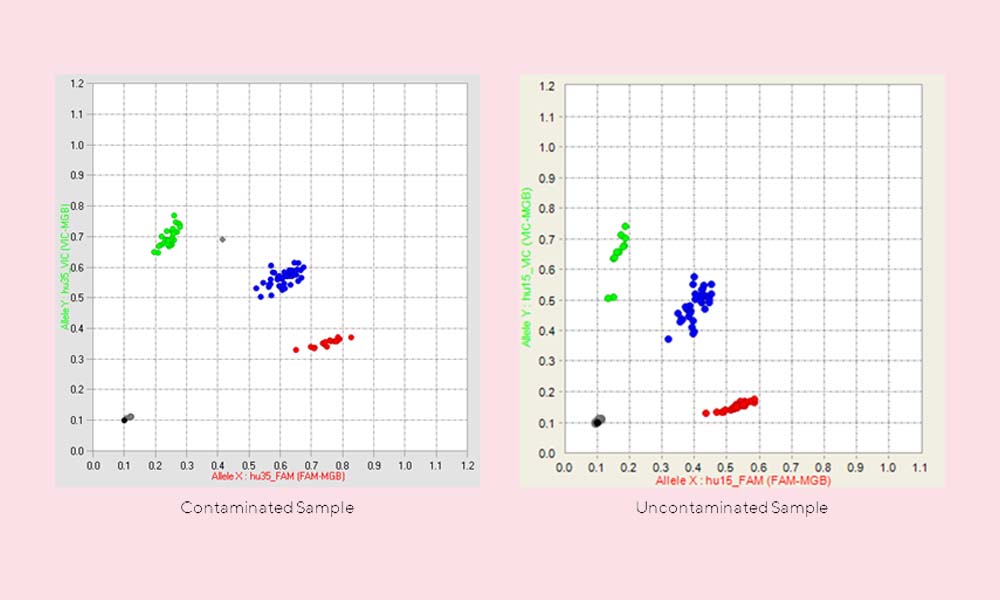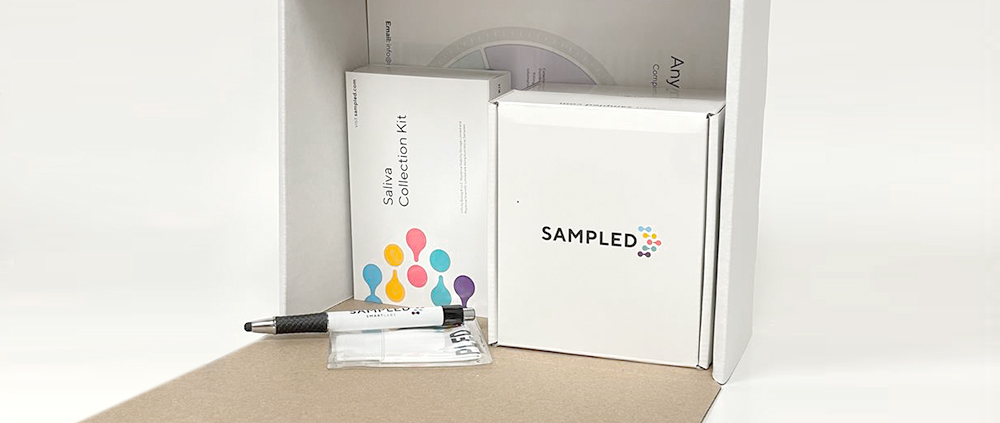Neural Progenitor Cell (NPC) differentiation
Sampled offers a robust Neural progenitor cell (NPC) generation service performed by our in-house team of experts. By outsourcing your NPC generation needs to Sampled, you save time and money while ensuring you are getting the neural progenitors you need.
What is Neural Progenitor Cell Differentiation?
Our NPC generation service includes the differentiation of iPSCs into cells of the neural lineage. We focus particularly on differentiation into neural progenitor cells of the cortical lineage.
Sampled is proud to provide this service in collaboration with NeuraCell, headed by renowned developmental neuroscientist Sally Temple, Scientific Director of the Neural Stem Cell Institute. NPC differentiation service starts with induced pluripotent stem cells (iPSCs) generated in-house or sent to us by our clients can be differentiated into neural progenitor cells.
Additionally, we offer off-the-shelf NPCs for some disease models/ subjects ready for immediate distribution to clients. For each NPC differentiation service, our clients receive 16-20 vials of neural progenitor cells. We also perform quality control (QC) analysis to ensure our cells are, in fact, neural progenitor cells.
Why Use Sampled’s NPC Generation Service?
Expertise
NPC generation is a technically challenging and time-consuming process. Sampled’s team of experts has vast experience in performing and troubleshooting NPC generation to ensure our clients get the cells they need.
World-Leading
By outsourcing your NPC generation needs to Sampled, you are not only collaborating with our in-house team but also with NeuraCell, a company led by Dr. Sally Temple. Dr. Temple is a global leader in developmental neuroscience and is the scientific director and co-founder of the Neural Stem Cell Institute in Rensselaer, NY. Sampled is proud to align with global leaders in neuroscience, offering our clients the best possible service.
Time- and Cost-Efficient
NPC generation is a costly methodology to develop in-house in terms of the money and time required to train technicians and troubleshoot issues. By outsourcing to Sampled, you can use your time and resources to focus on other things while ensuring your sample is in the hands of global experts using state-of-the-art instruments.
Quality Control
We perform robust QC on neural progenitors to ensure they have the desired characteristics. QC is central to all the cellular services we offer here at Sampled.
Neural Progenitor Cell Differentiation Applications
The applications for our NPC generation service are research-only, and we typically work with academic and industry laboratories.
Applications for this service include:
- Drug discovery
- Research studies
- Biomarker discovery
- Disease modeling
- Development modeling
How Does Neural Progenitor Cell Differentiation Work?
Client Parameters
The NPC generation service at Sampled begins with defining the requirements of our client. This includes determining parameters such as:
- Source material – what type of sample clients sending us (i.e.iPSCs or samples that first need to be reprogrammed into iPSCs like whole blood)
- Clients also have the option to get NPCs off-the-shelf from the list of already-validated neural progenitor cells

Quality Control
At Sampled, we perform QC on our neural progenitor cells to ensure they display the appropriate characteristics. These QC steps include:
- Proliferation assay on NPCs.
- qPCR to determine the presence/absence of neural progenitor markers.
- Immunohistochemistry staining to determine the presence/absence of neural progenitor markers.

Timescale
The typical turnaround time for our NPC generation service is 3-4 months. For each service, our clients receive 16-20 vials of neural progenitor cells.

What Are the Input Requirements for Neural Progenitor Cell Differentiation?
| Item | Type |
|---|---|
| Sample Types | iPSCs generated in-house or sent by clients |
| Storage/Transport Conditions | Frozen |
| Input Requirements | 1-2 million cells/vial |
| Workflow Time | 3-4 months |
Find out more about our neural progenitor cell differentiation service
Interested in outsourcing your NPC differentiation needs? Get in touch with one of Sampled’s experts today to discover more about our NPC differentiation service.

